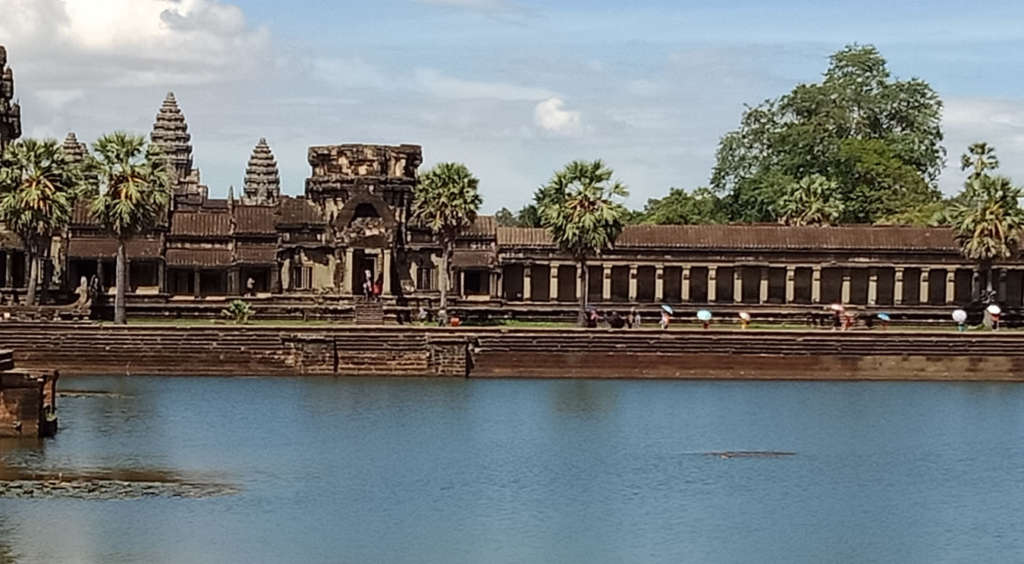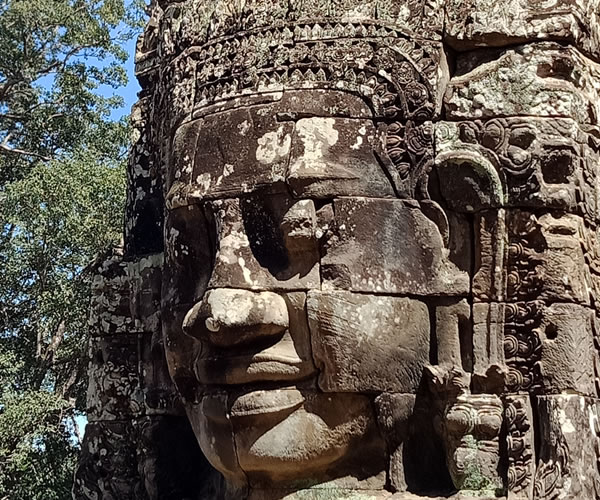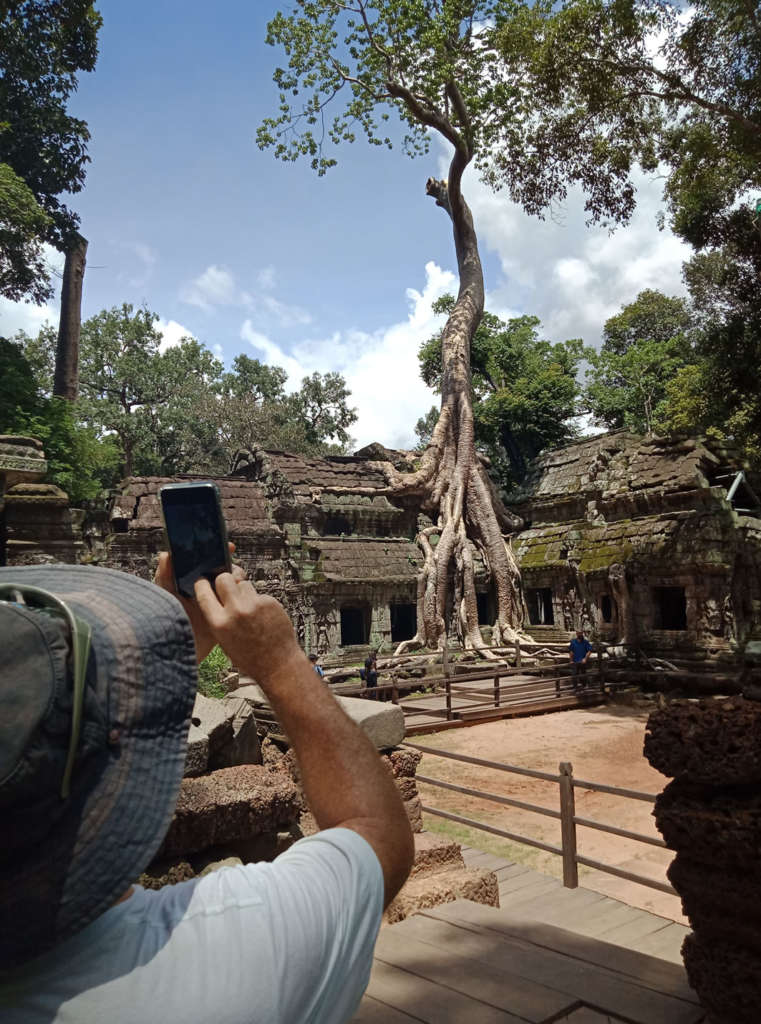CAMBODIA – Angkor Complex
UNESCO World Heritage Sites of the World
The Angkor Complex, Cambodia
In this series, we explore the UNESCO World Heritage Sites of the world. A site is deemed to be a World Heritage Site by UNESCO if it is of outstanding universal value and meets at least one out of ten selection criteria.
CATEGORY: Cultural, History, Civilisation & Art – Outstanding Universal Value
- Angkor contains an entire range of Khmer art from the 9th to the 14th centuries
- The Khmer civilisation had a profound affect on the development of cultures in South East Asia
- The Angkor complex played a key geo-political role in the region
- Structures show influence from the Indian sub-continent with local traditions and religious requirements, merging into a unique style of oriental art.

Angkor
Angkor, in Cambodia’s northern province of Siem Reap, is one of the most important archaeological sites of Southeast Asia. It extends over approximately 400 square kilometres and consists of scores of temples, hydraulic structures (basins, dykes, reservoirs, canals) as well as communication routes. For several centuries Angkor, was the centre of the Khmer Kingdom. With impressive monuments, several different ancient urban plans and large water reservoirs, the site is a unique concentration of features testifying to an exceptional civilization. Temples such as Angkor Wat, the Bayon, Preah Khan and Ta Prohm, exemplars of Khmer architecture, are closely linked to their geographical context as well as being imbued with symbolic significance. The architecture and layout of the successive capitals bear witness to a high level of social order and ranking within the Khmer Empire. Angkor is therefore a major site exemplifying cultural, religious and symbolic values, as well as containing high architectural, archaeological and artistic significance. (1)

Angkor is one of the largest archaeological sites in operation in the world. Tourism represents an enormous economic potential but it can also generate irreparable destruction of the tangible as well as intangible cultural heritage. Many research projects have been undertaken, since the international safeguarding program was first launched in 1993. (1)

Cruises starting Siem Reap: CLICK HERE
Top Travel Tips to Angkor
- Allow plenty of time. The complex is huge and requires at least 2 days of full sightseeing to see the major monuments. Those looking to really explore can allow up to 5 days.
- Take plenty of water. It’s very hot in Cambodia and there’s nothing like dehydration to taint your holiday experience. It doesn’t hurt to ‘Slip, Slop, Slap’ as well.
- Be respectful. Angkor is a religious monument for the Khmer people of Cambodia and should be treated with the same respect you would a church, mosque or temple.
- Take a guide. There is only so much you can garner from a guide book or by reading the few signs that dot the complex, take a guide and ask as many questions as you want.
- You can cycle. You may not know, but you can also cycle between the different sites and even take a guide along with you. It’s a beautiful way to see the jungle that surrounds the complex.
- Be thankful. It wasn’t very long ago that the whole of Cambodia was closed and it’s people suffering tremendously. Take a tip from the locals and be thankful for the opportunity to see this fabulous monument to history, people and art for yourself.
Cruises ending in Siem Reap: CLICK HERE
(1) Information from: https://whc.unesco.org/en/list/668

